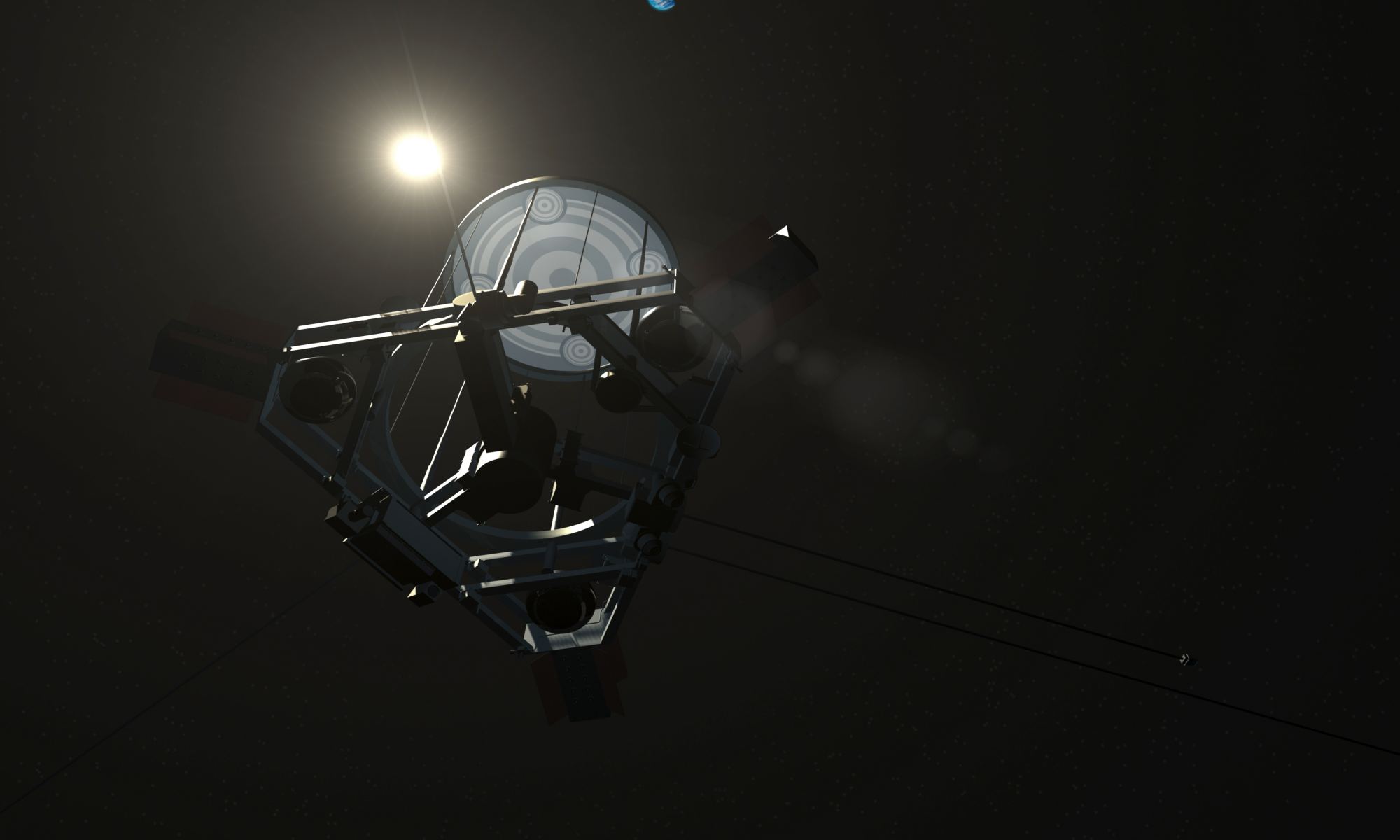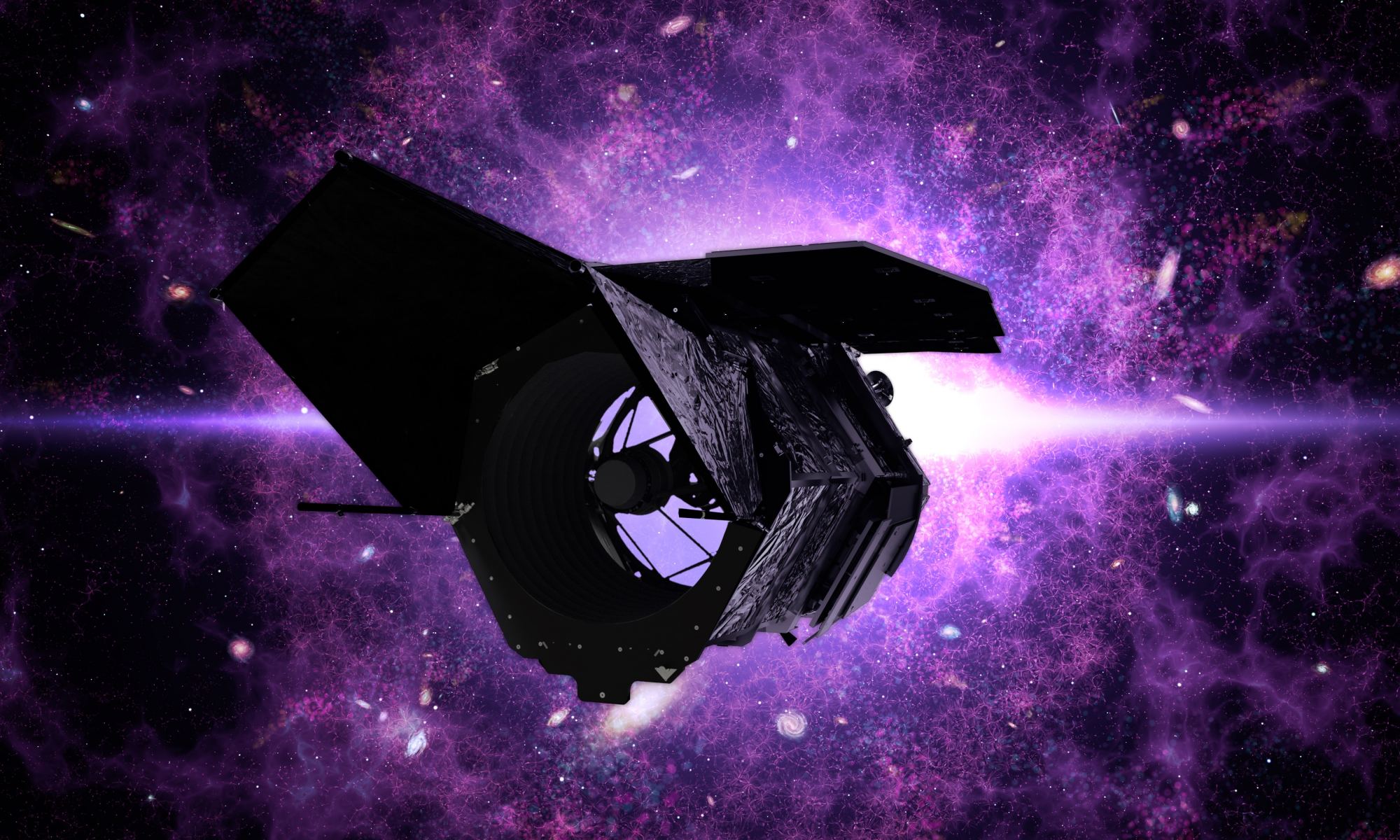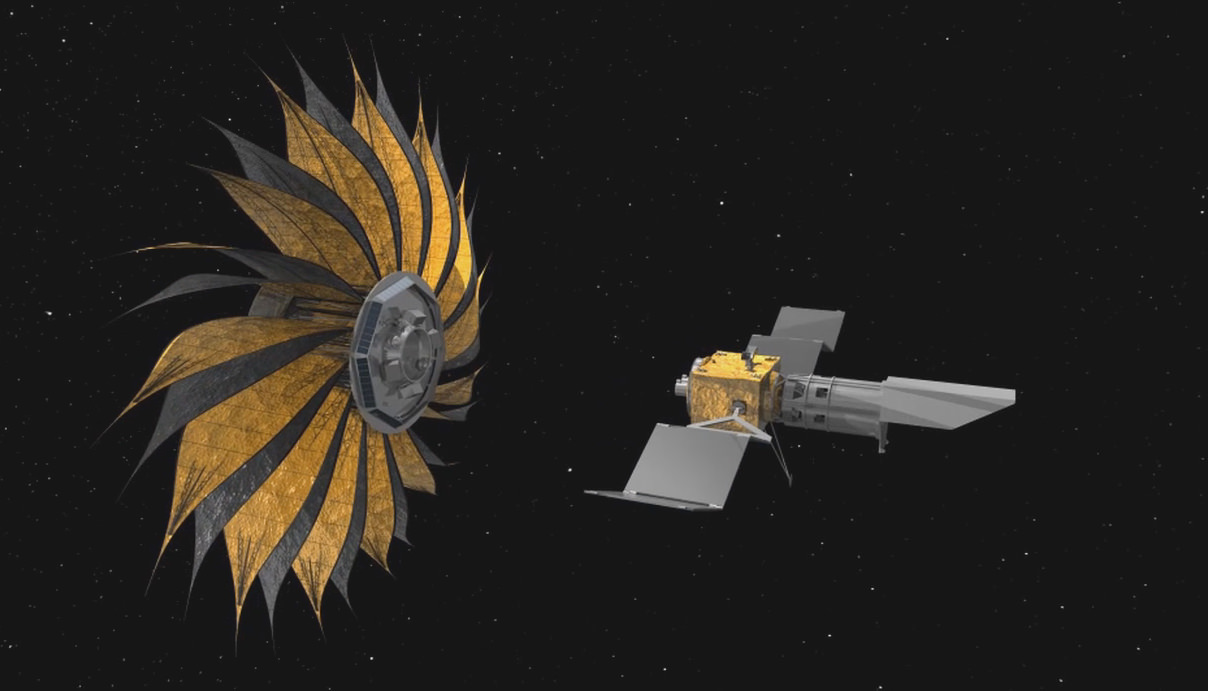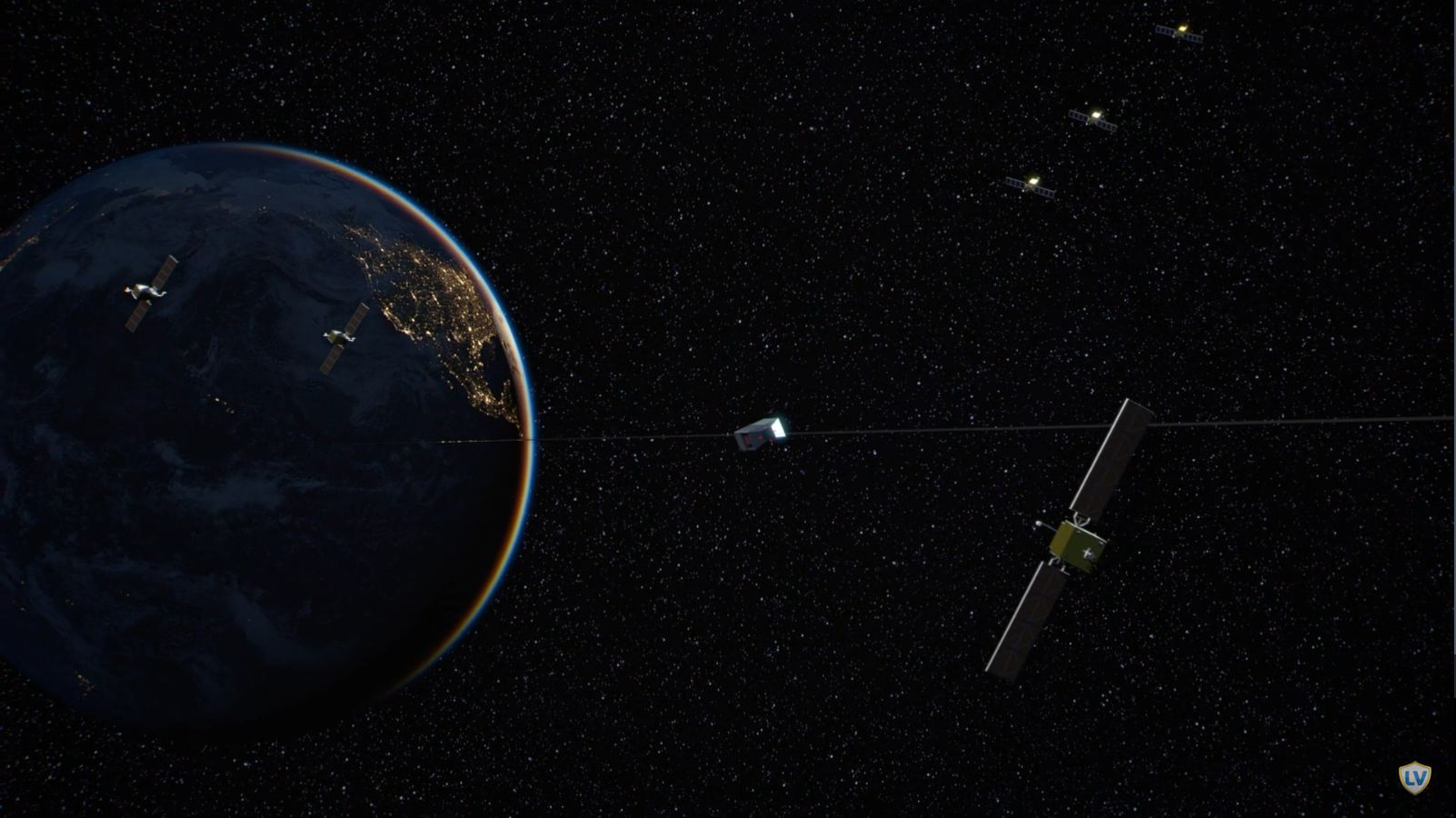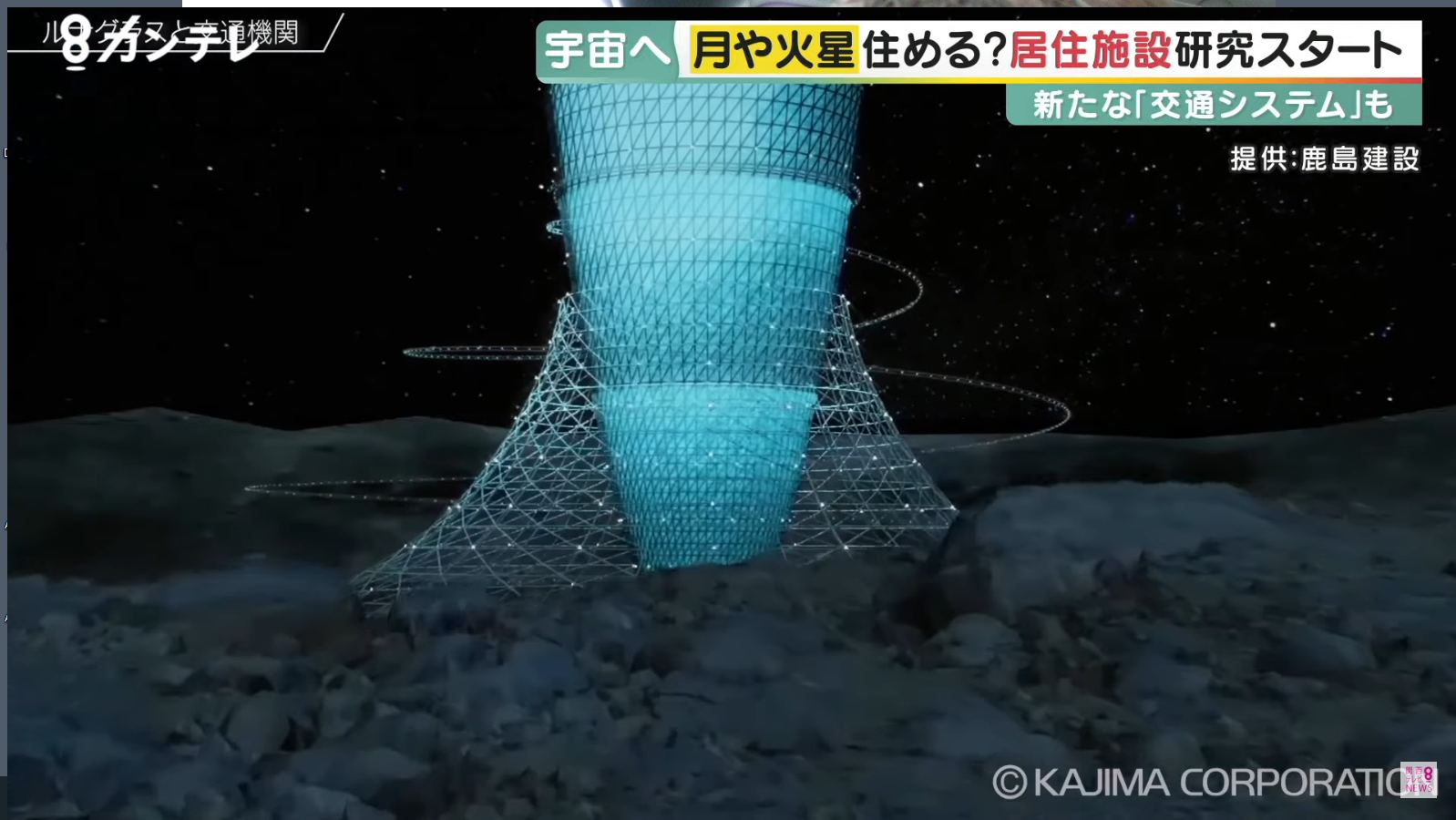On December 25th, 2021, after many years of waiting, the James Webb Space Telescope (JWST) finally launched to space. In the sixth-month period that followed, this next-generation observatory unfurled its Sunshield, deployed its primary and secondary mirrors, aligned its mirror segments, and flew to its current position at the Earth-Sun Lagrange 2 (L2) Point. On July 12th, 2022, the first images were released and presented the most-detailed views of the Universe. Shortly thereafter, NASA released an image of the most distant galaxy ever observed (which existed just 300 million years after the Big Bang).
According to a new study by an international team of scientists, the JWST will allow astronomers to obtain accurate mass measurements of early galaxies. Using data from James Webb’s Near-Infrared Camera (NIRCam), which was provided through the GLASS-JWST-Early Release Science (GLASS-ERT) program, the team obtained mass estimates from some of the distant galaxies that were many times more accurate than previous measurements. Their findings illustrate how Webb will revolutionize our understanding of how the earliest galaxies in the Universe grew and evolved.
Continue reading “The James Webb is Measuring Distant Galaxies 5-10 Times Better Than any Other Telescope”


